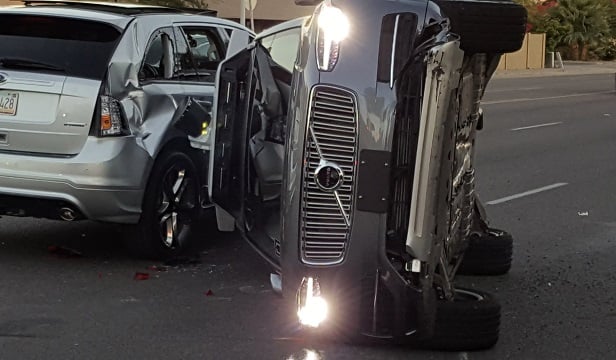
News this week of what is likely the first pedestrian fatality caused by an autonomous vehicle illuminated ongoing safety concerns around emerging driverless vehicle technology — and rightfully so.
A self-driving car from Uber hit and killed a woman in Tempe, Arizona, on Sunday, March 18, 2018. The woman was reportedly crossing a road outside of a crosswalk when the vehicle, operating in autonomous mode under the supervision of a human safety driver, struck her, according to the Tempe Police Department.
Additional details from this incident are not yet available. But a look at pedestrian deaths in general is illuminating.
Recommended For You
Want to continue reading?
Become a Free PropertyCasualty360 Digital Reader
Your access to unlimited PropertyCasualty360 content isn’t changing.
Once you are an ALM digital member, you’ll receive:
- Breaking insurance news and analysis, on-site and via our newsletters and custom alerts
- Weekly Insurance Speak podcast featuring exclusive interviews with industry leaders
- Educational webcasts, white papers, and ebooks from industry thought leaders
- Critical converage of the employee benefits and financial advisory markets on our other ALM sites, BenefitsPRO and ThinkAdvisor
Already have an account? Sign In Now
© 2025 ALM Global, LLC, All Rights Reserved. Request academic re-use from www.copyright.com. All other uses, submit a request to [email protected]. For more information visit Asset & Logo Licensing.








